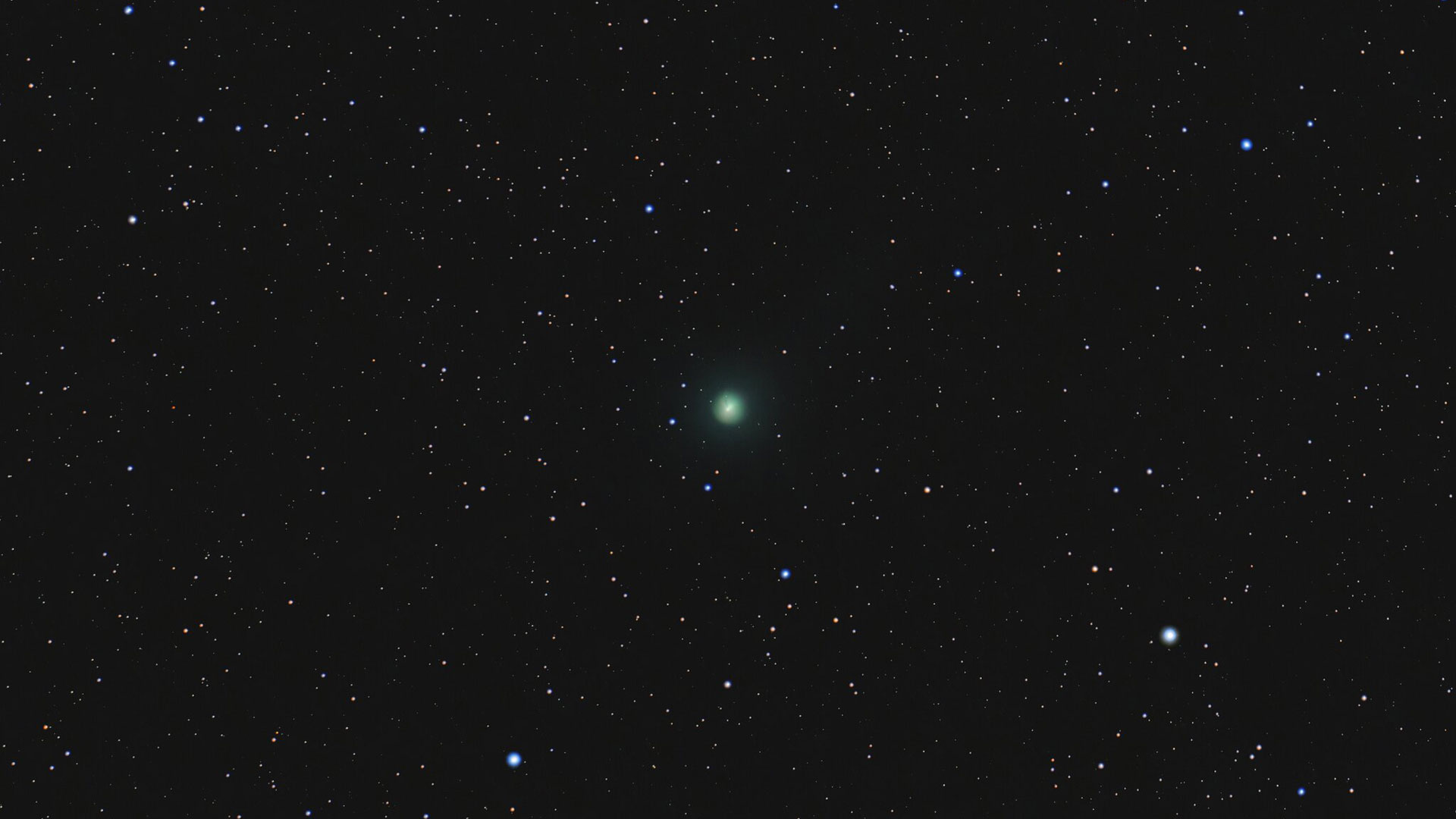 12P/Pons–Brooks is a Halley-type periodic comet with an orbital period of 71 years. It was discovered in 1812 and later recovered during passages in 1883 and 1954. It is expected to brighten to an apparent magnitude of 4.5 (visible to the naked eye) during its upcoming passage in April 2024.
12P/Pons–Brooks is a Halley-type periodic comet with an orbital period of 71 years. It was discovered in 1812 and later recovered during passages in 1883 and 1954. It is expected to brighten to an apparent magnitude of 4.5 (visible to the naked eye) during its upcoming passage in April 2024.
By Joe Hernandez | NPR
A rarely-seen comet with a reputation for colorful flare-ups is once again visible from Earth.
Even more unusual is that the latest arrival of the comet — known officially as 12P/Pons-Brooks — coincides with next month's total solar eclipse and could be spotted during the event.
According to NASA, comets are frozen artifacts from the solar system's formation made of dust, rock and ice. Up to tens of miles wide with tails millions of miles long, comets heat up and grow brighter as they get closer to the sun.
The comet 12P/Pons-Brooks takes 71 years to fly around the sun and will next reach perihelion — the point in its elliptical orbit when it's closest to the sun — on April 21.
And this comet is particularly prone to outbursts.
12P/Pons-Brooks most recently flared up on Oct. 5, Nov. 1 and 14, Dec. 14 and Jan. 18., according to Space.com. The area around the spiraling comet can glow green and red and produce a long blue tail.
The volatile outbursts of 12P/Pons-Brooks can also give the celestial body a horseshoe-shape resembling horns, which led to its popular nickname: the "devil comet."
Right now, star-gazers may be able to glimpse the comet by pointing a telescope or binoculars toward the constellation Pisces in the early evening. Astronomers say it will soon be visible to the naked eye, too.
The comet was first observed by French astronomer Jean-Louis Pons in 1812, and then it was accidentally found again — or "recovered" — by American astronomer William Brooks in 1883, Sky & Telescope reported.

By submitting your comments, you hereby give AZPM the right to post your comments and potentially use them in any other form of media operated by this institution.